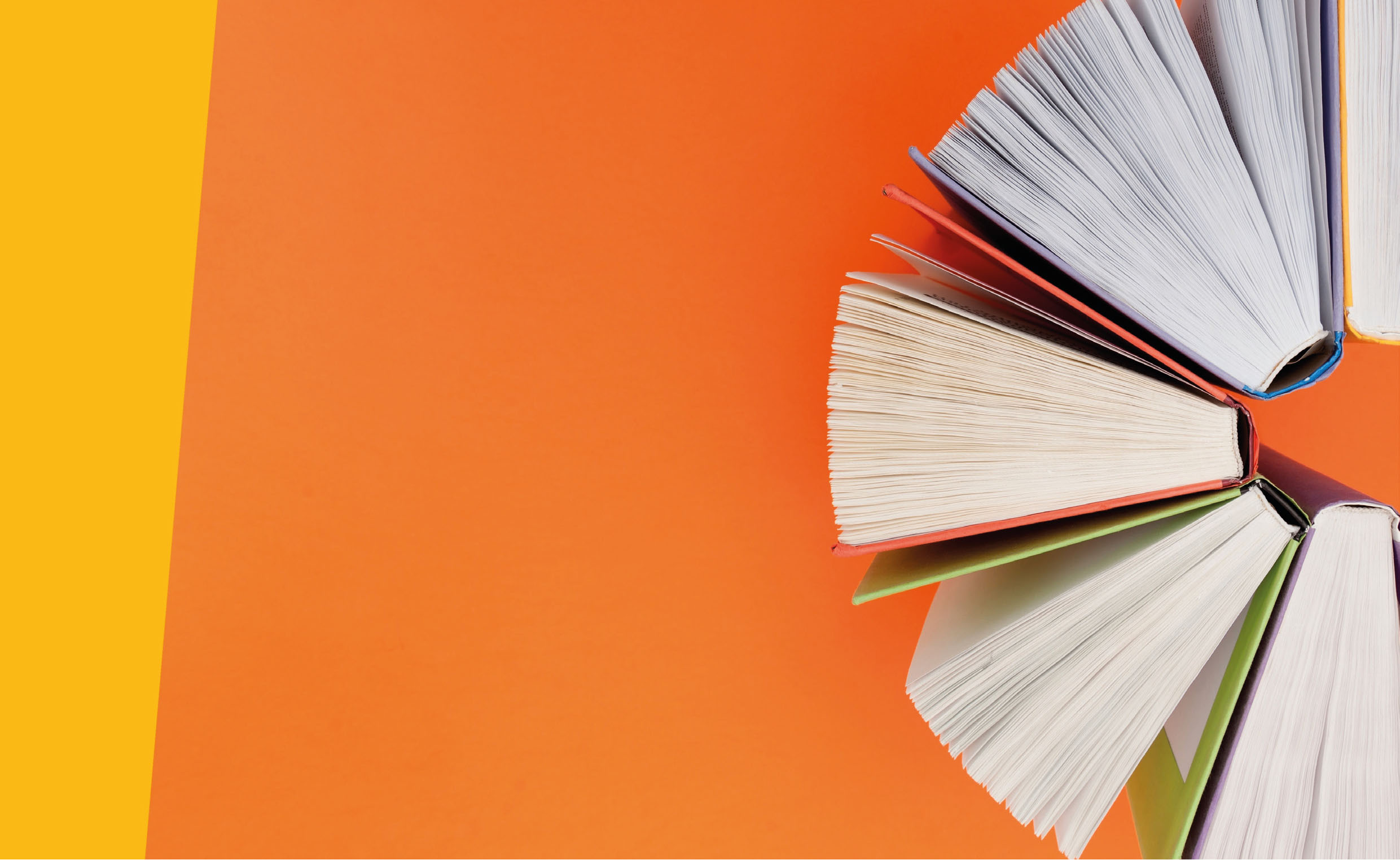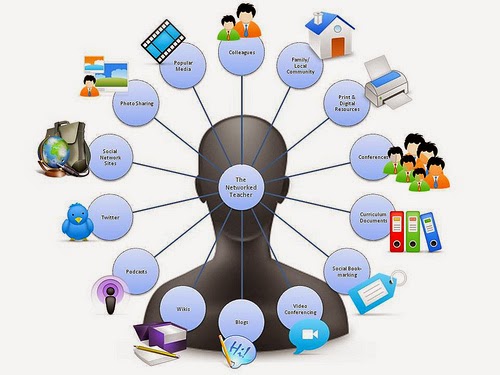Best Suggestions To Choosing Italian Nursery Teaching Support
Wiki Article
What Are The Informational And Educational Content That Secondary And Primary Schools Need?
The primary and kindergarten classes typically require a variety of information and educational materials to support the development and learning of their students. Some materials may be needed like: Curriculum materials - These are the materials designed to support and enhance the learning goals outlined in the school's curricula. They could include lesson plans, textbooks and workbooks.
Classroom supplies - Items such as paper, pencils or pencils, glue, scissors as well as other art materials are essential for children to complete their work and engage in activities.
Educational technology- In today's digital age, educational technology such as computers, tablets and interactive whiteboards may enhance learning and provide additional resources for students.
Books- To encourage reading and language development, kindergartens and primary schools require a wide selection of books that are appropriate for children.
Manipulatives- The use of manipulatives like puzzles, blocks, and games can help children develop their problem-solving abilities and spatial awareness.
Visual aids such as posters, charts and maps are all visual aids to aid children in learning and retention of important concepts.
Materials for art and music Children can express their creativity through music and art. Paints instruments, clay, and paints are great for this.
Safety equipment - It's essential to have safety equipment including posters with fire extinguishers as well as emergency procedures, in order to ensure that students and staff are secure.
All in all, kindergarten and primary schools need a variety of educational and information tools to provide a stimulating and safe learning environment for pupils. Follow the best sostegno scuola infanzia for website advice.

What Educational Materials And Aids To Teach Mathematics Are Recommended By Italian Schools?
Mathematics-related teaching materials and educational tools can assist Italian nursery children to develop their numerical and spatial skills and problem-solving skills. These are some of the recommended resources.
Charts and number cards Charts and numbers can be used to introduce children to numbers and counting. You can use large colorful numbers on the wall, or smaller ones for kids to hold and manipulate.
Shape manipulatives can be used to teach children about shapes, their properties and help develop spatial thinking.
Measuring tools: Measuring and comparing tools, like rulers, measuring tools and scales, could help kids to build and expand their mathematical vocabulary.
Simple puzzles and games: Simple puzzles and games like jigsaws, matching games, or dominoes can assist in the development of children's problem solving skills, attention to detail and focus.
Tools based on technology like tablets that include educational math apps as well as other games are available to entertain children and provide additional resources for their learning.
These materials should be used in a way that is suitable for children's development and is suitable for children who are just starting out. These tools are ideal for teachers and caregivers who are looking to develop exciting and engaging games in math that spark children's curiosity. View the top rated schede didattiche matematica for website recommendations.

What History Teaching Materials Will Italian Nurseries Require?
The history teaching materials found in Italian nurseries can assist children to understand the past, comprehend the present, and create a sense of identity and belonging. Here are a few examples that could be beneficial for teaching about history. Age-appropriate resources: Aged-appropriate texts that present historical events, cultures or even people can inspire children to take an interest in the history of their country.
Artifacts and pictures Artifacts and pictures from different periods of time and culture can help children see and comprehend historical events and the ways of life.
Timelines and maps Maps and timelines help children to understand historical events in order and their connection.
Storytelling: A powerful tool to expose children in an engaging way, and with long-lasting memories to historical events or people is storytelling.
Dramatic play. Games that are dramatic can be used to assist children to understand and recreate the past.
Field trips. Field trip options include visiting local museums, historical sites and other places that provide the opportunity to learn and experience hands-on.
The resources used to teach history should be suitable for the child's age, as well as their culture. Teachers and caregivers may use these materials to create fun, interactive and engaging activities about history that encourage curiosity and a love of learning in children. Check out the best schede didattiche storia sostegno for website tips.

What Are The Best Resources To Use In Teaching Geography In Italian Schools?
Italian nurseries are able offer children geography-related material to help them develop a better understanding of their world and also teach them about other cultures and their environments. Examples of the resources that you could use for teaching geography are maps. Maps can be useful in helping children learn about the diverse regions and countries, and the locations of natural features and landmarks.
Globes are an excellent method to let kids see the Earth's surface, and help them learn about continents and oceans.
Video and Pictures: Pictures and videos that showcase different places and cultures can be used to teach children about the diversity of the world. They can also discover how different people live.
Books: Books that are age-appropriate and feature cultures and places all over the world could help children discover a fascination with geography.
Natural materials: Natural substances such as rocks, shells, and plants can help children learn about different environments and ecosystems.
Field trips The field trip to local parks, zoos and museums can provide children with hands-on experiences and opportunities to learn about geography in an actual setting.
It is vital to choose resources for geography education that are appropriate for children of all ages as well as culturally sensitive. These materials can help teachers and parents create interesting and engaging geography activities for children that encourage their curiosity and enthusiasm for learning more about the world. See the top materiale didattico geografia for blog advice.
